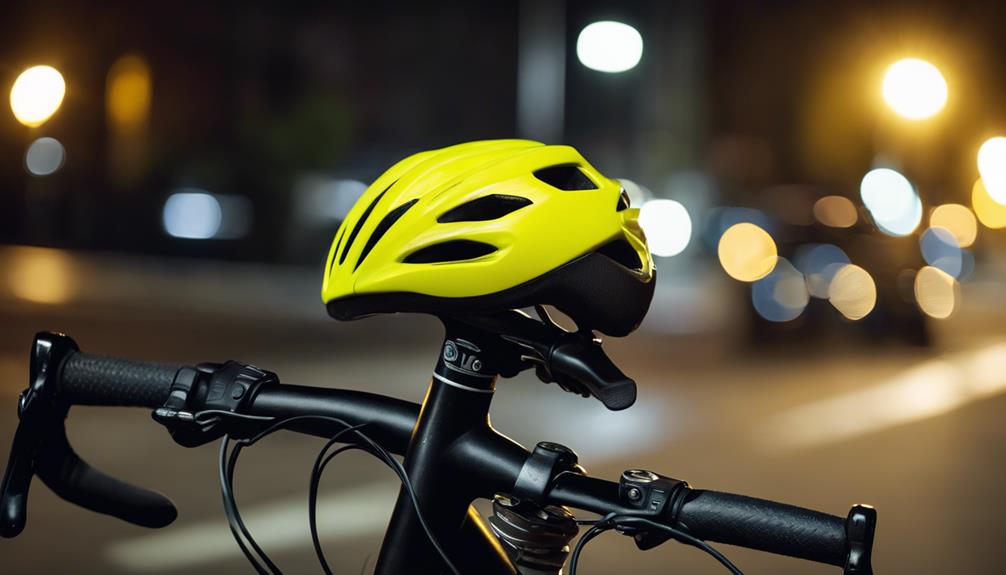Choosing the right bicycle for kids is a crucial decision that can impact their enjoyment, safety, and overall experience with cycling. When it comes to selecting a bike, understanding how much bicycle for kids is appropriate based on their age, height, and skill level is essential. This guide will help you navigate through the various factors to consider, ensuring that your child enjoys a comfortable and safe ride.
The Importance of the Right Size Bicycle
When it comes to bicycles for kids, size matters significantly. A bike that is too small can be uncomfortable and limit a child’s ability to control it, while a bike that is too large can make handling difficult and increase the risk of accidents. The right size bicycle encourages confidence and helps children develop their riding skills. In this section, we’ll explore why selecting the correct size is a fundamental step in providing a positive cycling experience for your child.
How to Measure Your Child for a Bicycle
To determine how much bicycle for kids is appropriate, measuring your child correctly is vital. Start by measuring their inseam, which is the distance from the ground to their crotch while standing barefoot. This measurement will help you find the right frame size. For balance bikes, a child’s inseam should be slightly longer than the bike’s seat height, while for pedal bikes, you should ensure they can stand over the top tube with both feet flat on the ground. Understanding how to measure your child accurately will set the foundation for making an informed choice.
Age and Height Guidelines for Kids’ Bicycles
Different age groups and heights correspond to varying bicycle sizes. Typically, children aged 2 to 3 years will require a balance bike or a 12-inch bike, while kids aged 4 to 5 years may need a 16-inch bike. As they grow, kids aged 6 to 8 years usually ride 20-inch bikes, and those aged 9 and older often require 24-inch bikes or even adult-sized bikes, depending on their height. It’s important to consult manufacturer size charts to find the best fit for your child. This section will break down the recommended sizes based on both age and height.
Understanding Wheel Sizes and Their Impact
When considering how much bicycle for kids, wheel size is a key factor that directly affects rideability. Wheel sizes typically range from 12 inches for toddlers to 26 inches for older kids. Smaller wheels are easier to maneuver and control, making them ideal for beginners. Conversely, larger wheels provide better stability and speed for more experienced riders. In this paragraph, we’ll delve into the significance of wheel size and how it relates to your child’s cycling skills and comfort.
Adjustability and Growth Considerations
Children grow quickly, which means a bicycle that fits today may not fit in a few months. When determining how much bicycle for kids you should invest in, consider models with adjustable seat heights and handlebars. This feature allows the bicycle to grow with your child, extending its usability and providing better value for your investment. In this section, we will discuss the advantages of choosing adjustable bikes and how they can accommodate your child’s growth.
Safety Features to Look For
Safety is paramount when selecting how much bicycle for kids. Look for bikes equipped with essential safety features such as reflectors, bells, and sturdy brakes. Additionally, consider the bike’s frame material and design to ensure it can withstand the rough and tumble of children’s cycling adventures. In this part of the article, we will outline the must-have safety features to look for, ensuring that your child’s cycling experience is both fun and secure.
Choosing the Right Accessories for Your Child’s Bicycle
Once you’ve determined how much bicycle for kids is appropriate, it’s time to think about accessories. Helmets are non-negotiable for safety, and there are various styles and sizes available to fit every child’s head. Other accessories like knee and elbow pads, lights for visibility, and a water bottle holder can enhance your child’s biking experience. In this section, we’ll explore the essential accessories that can complement your child’s new bicycle, ensuring they ride safely and comfortably.
Conclusion: Making the Right Choice for Your Child
In conclusion, understanding how much bicycle for kids involves considering multiple factors, including size, wheel dimensions, safety features, and adjustability. By measuring your child correctly and consulting size guidelines, you can select a bicycle that promotes confidence and enjoyment. Investing in the right bike, along with essential accessories, will ensure your child has a safe and fulfilling cycling experience. Remember, the joy of cycling can foster a lifelong love for outdoor activities, so making an informed decision now will pay off in the long run.
